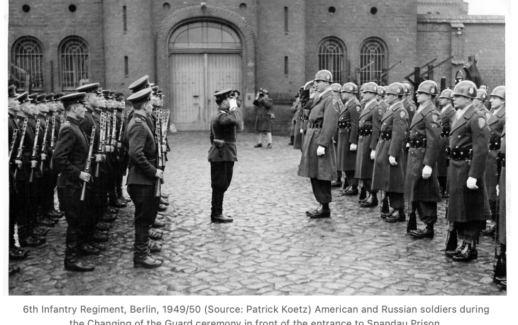Russia’s boring machine capabilities may offer strategic and tactical underground options in a continuing, rolling war of aggression against Ukraine, and possibly beyond. Background: In 2020, Russia’s state owned company JSC Mosinzhproekt claimed the Guinness Book world record for most boring machines operating at once, demonstrating 23 boring machines at work boring new subway lines…

